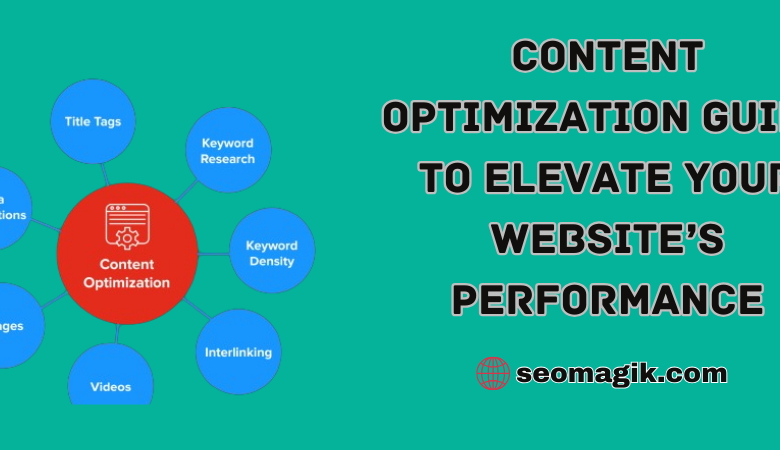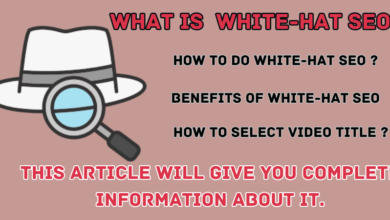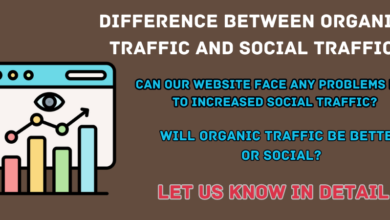Content Optimization Guide to Elevate Your Website’s Performance

Introduction: Welcome to SEOMagik, your trusted companion on the journey to mastering the intricacies of SEO. In today’s digital landscape, content optimization stands as a beacon of success, guiding websites towards greater visibility and engagement. Whether you’re a seasoned marketer or a budding blogger, understanding the nuances of content optimization is essential for achieving your online goals. Join us as we delve into the world of content optimization and uncover the strategies to enhance your website’s performance and presence on search engines.
1. Decoding Content Optimization
Decoding content optimization involves dissecting various elements of website content to refine its effectiveness in reaching and engaging target audiences. This includes strategic keyword research and integration to align with user intent and search engine algorithms. Ensuring readability by structuring content logically and using clear language enhances user experience. Crafting compelling headlines and incorporating multimedia elements enriches engagement. Optimizing meta tags, URLs, and internal linking improves search engine visibility. Regular analysis of performance metrics and user feedback informs iterative improvements, ensuring content remains relevant and competitive. Overall, decoding content optimization involves a multifaceted approach to enhance visibility, relevance, and user satisfaction.
2. The Significance of Content Optimization
Content optimization is crucial for enhancing website visibility, attracting organic traffic, and improving user engagement. By strategically incorporating keywords, improving readability, and aligning content with user intent, businesses can boost search engine rankings and effectively communicate their message to their target audience, driving growth and success.
3. Essential Components of Content Optimization
Effective content optimization encompasses key elements such as keyword research, compelling headlines and meta descriptions, creation of high-quality and relevant content, integration of multimedia elements, strategic internal and external linking, mobile responsiveness, and optimization for user experience.
4. Strategies for Effective Content Optimization
To optimize your content effectively, focus on conducting comprehensive keyword research, crafting attention-grabbing headlines and meta descriptions, producing valuable and engaging content, incorporating multimedia elements, ensuring mobile-friendliness, and enhancing overall user experience.
5. Tools for Streamlined Content Optimization
Tools for streamlined content optimization include Yoast SEO, SEMrush, and BuzzSumo. Yoast SEO provides real-time suggestions for improving on-page SEO, including keyword optimization and readability analysis. SEMrush offers comprehensive keyword research, competitive analysis, and content optimization features. BuzzSumo helps identify trending topics and influential content, aiding in content ideation and optimization strategies. Together, these tools streamline the process of optimizing content for search engines and audience engagement, facilitating effective digital marketing campaigns.
Conclusion: Content optimization serves as the cornerstone of successful SEO endeavors, paving the way for improved visibility, engagement, and conversions. By mastering the art of content optimization and implementing the strategies outlined in this guide, you can elevate your website’s performance and presence on search engines. Remember, content optimization is an ongoing process that requires continuous refinement and adaptation to evolving trends and algorithms. With the insights gained from this guide, you’re well-equipped to harness the power of content optimization and propel your website towards digital success. Stay tuned to SEOMagik for more invaluable SEO insights and tips.





Aynslee Bartula